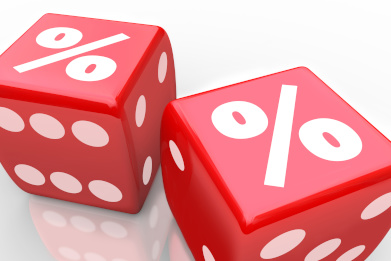Calls for SME tax flexibility amid changes confusion
TaxOne mid-tier firm has called on the government to consider introducing legislation that would allow small businesses to elect one of two tax rates, as confusion mounts about the classification of certain businesses.

In the 2017 budget, the government amended the definition of a small business from businesses with an annual turnover of up to $2 million to up to $10 million, meaning businesses with turnover of up to $10 million should be taxed at the recently reduced small business tax rate of 27.5 per cent.
Meanwhile, the ATO recently sought to clarify the classification of passive investment companies, but there is still confusion over whether they are considered small business companies for the 27.5 per cent tax rate.
BDO national tax director Lance Cunningham said that confusion remains because while the ATO has interpreted the legislation, it still has to wait for the “further direction” from the government of its policy intention.
“Business needs clarity when preparing their 2017 tax returns and deciding whether to request amended assessments for the 2016 assessments for these passive investment companies,” Mr Cunningham said.
“The Tax Office has already made its interpretation clear on its website that most passive investment companies will be carrying on business. Therefore, unless the ATO changes its interpretation to be in line with the government’s intended policy outcome, the government needs to [do one of three things].”
According to Mr Cunningham, the options are to go along with the ATO’s interpretation and accept the 27.5 per cent tax rate for passive investment companies, to change the law to clarify that passive investment companies are not taxed at the 27.5 per cent rate, or to change the law to allow small business companies to choose whether to apply the 27.5 per cent rate or the 30 per cent rate.
“This third option may actually be preferable for many small business companies, including those that are actively carrying on business, as they may prefer to be taxed at the 30 per cent tax rate,” Mr Cunningham said.
“The company tax rate reduction is causing a lot of problems for small business without any real tax advantage overall. This is because the company tax is really just a withholding tax because when the company profits are paid out to resident shareholders as franked dividends the tax cut for the company is usually clawed back in top up tax for the shareholder.”
He continued: “There is also the loss of franking credits that some companies suffer as a result of the lower tax rate.”



